05/20/21
WATCH: ‘Western Prosperity Roundtable Inaugural Forum’ launches new WGA policy platform
The Western Governors' Association launched the Western Prosperity Roundtable with speeches by Western Governors and two days of roundtable discussions on broadband connectivity, workforce training and more. The Roundtable is a new platform for WGA’s work on policies that advance Western Governors’ vision for expanded prosperity throughout the West.
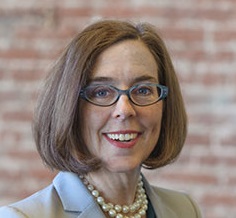 WGA Chair and Oregon Gov. Kate Brown, Vice Chair and Idaho Gov. Brad Little, and North Dakota Gov. Doug Burgum opened the virtual event with remarks on the challenges facing their states as they rebound from the COVID-19 pandemic and their objectives for the Western Prosperity Roundtable. Learn more about each session and find links to watch them below.
WGA Chair and Oregon Gov. Kate Brown, Vice Chair and Idaho Gov. Brad Little, and North Dakota Gov. Doug Burgum opened the virtual event with remarks on the challenges facing their states as they rebound from the COVID-19 pandemic and their objectives for the Western Prosperity Roundtable. Learn more about each session and find links to watch them below.
WATCH: Governors’ Remarks: The Imperative for Action: WGA Executive Director Jim Ogsbury opened the event and introduced WGA Chair Gov. Kate Brown, Vice Chair Gov. 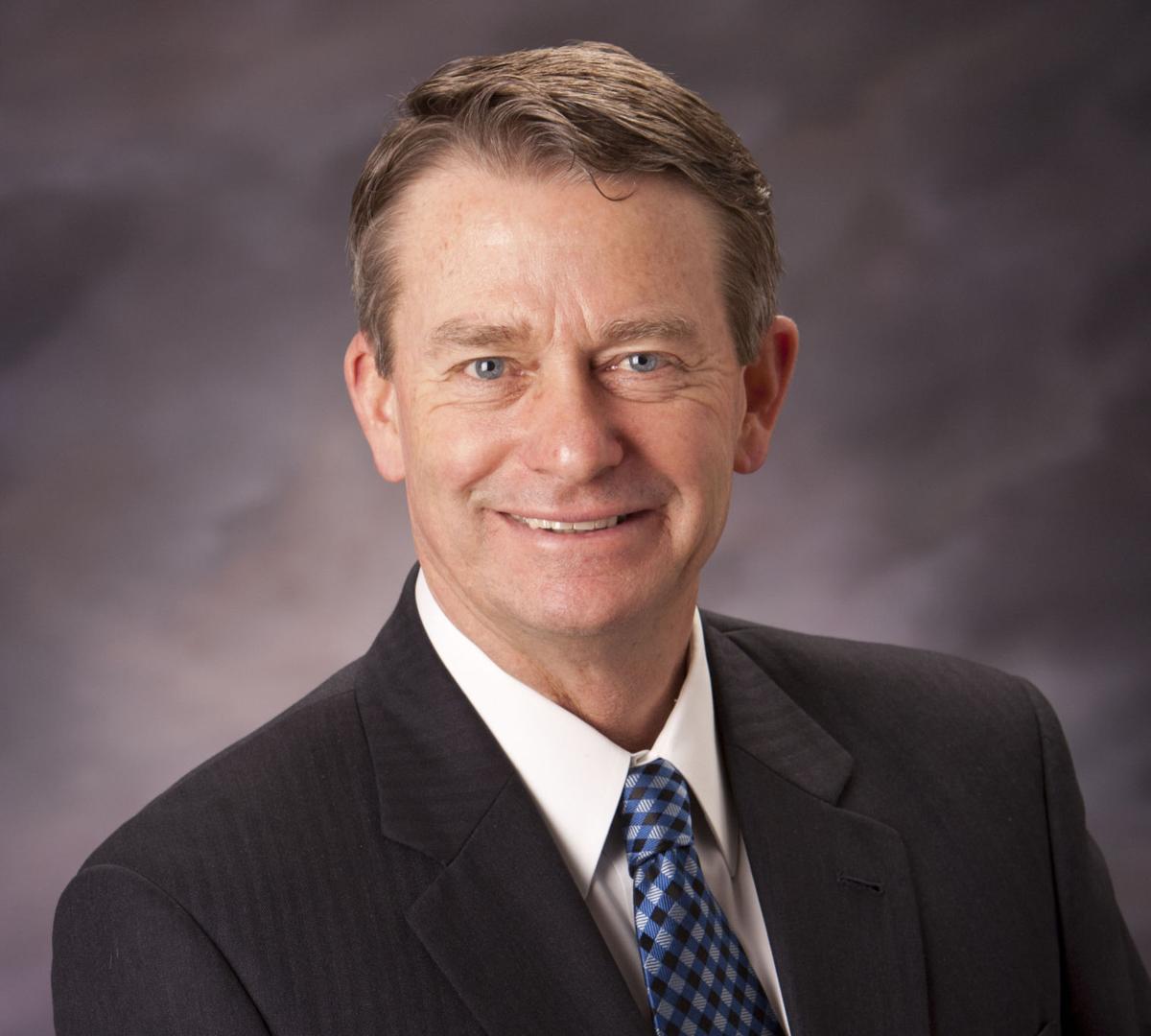 Brad Little, and Gov. Doug Burgum for their speeches on the debut of the Roundtable and their vision for expanded prosperity in the West.
Brad Little, and Gov. Doug Burgum for their speeches on the debut of the Roundtable and their vision for expanded prosperity in the West.
Gov. Kate Brown: "We have an opportunity to be creative and ambitious, to dream big, to pursue a more sustainable and equitable vision of western prosperity… The Roundtable will encourage the cross pollination of ideas among states and amplify successful strategies."
Gov. Brad Little: "The pandemic has rapidly accelerated adoption of technology in the 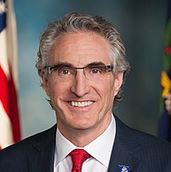
Gov. Doug Burgum: "The global pandemic amplified the opportunity for the rural west and accelerated attention on the need for 21st century infrastructure, including high-speed broadband for education, telehealth and remote work.”
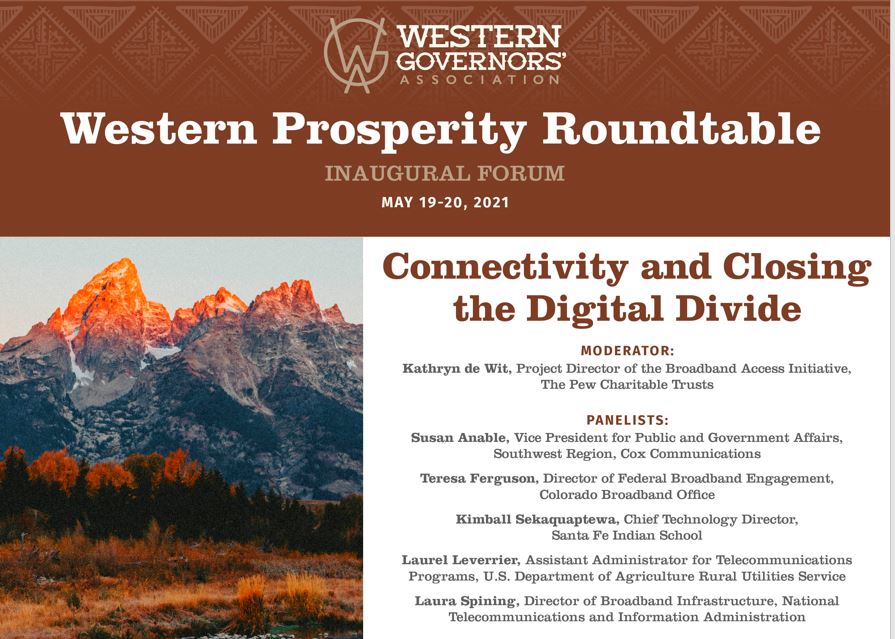
Kathryn de Wit, The Pew Charitable Trusts: “Broadband is not just infrastructure or technology, it touches libraries, education, healthcare. It touches a lot of departments across state government.”
Susan Anable, Cox Communications: “When people start returning to work it's not going to look like it did before the pandemic. There will be hybrid workplace models, people working more from home. Demands on the network will continue to be both residential and business.”
Teresa Ferguson, Colorado Broadband Office: “States simply don’t have the financial resources to shoulder the costs of closing the broadband gap. Colorado Broadband Office works to ensure that Colorado receives its fair share of federal funding.”
Kimball Sekaquaptewa, Santa Fe Indian School: “Who’s going to own and operate (our networks)? Is it going to be our tribal members who are going to live in our communities and have good paying jobs? Well, not if we don’t train them and build that workforce.”
Laurel Leverrier, U.S. Department of Agriculture Rural Utilities Service: “This pandemic has shown us how absolutely critical broadband infrastructure is for every part of life. The pandemic has heightened for folks what it means for education. We feel that urgency at USDA and across the federal family.”
Laura Spining, National Telecommunications and Information Administration: "Don’t plan to solve today’s problems, plan for where you want to be in 10 years and ... leverage the assets that you have, whether they’re partnerships or buildings that you own, for your future vision.”
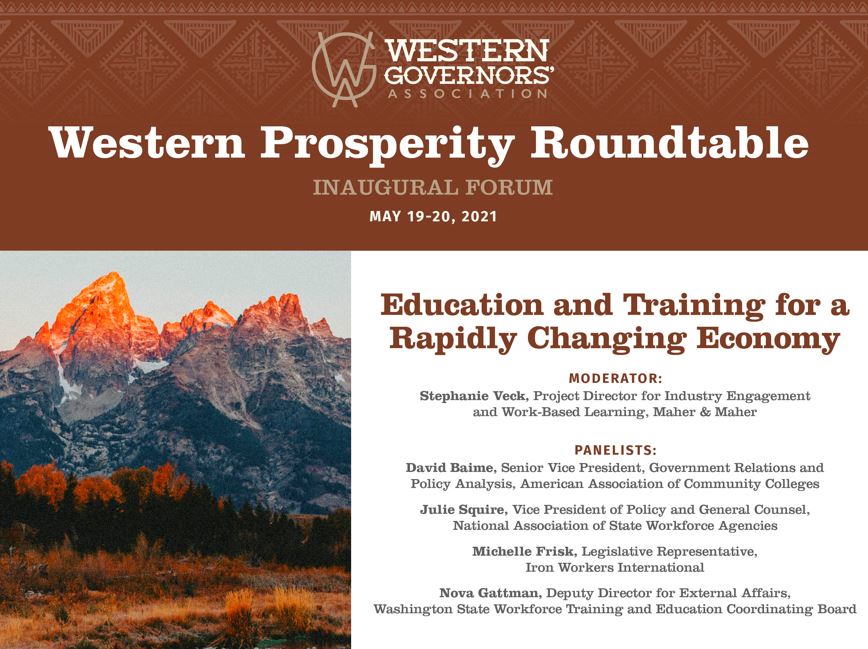
Stephanie Veck, Maher & Maher: "What we discussed years ago related to the future of work has been thrust open us. The pandemic has accelerated changes in a way we weren't truly prepared for."
David Baime, American Association of Community Colleges: “Rural colleges play a unique role in enhancing economic development, by partnering with businesses, economic development agencies, and boards to stimulate activity and bring jobs."
Julie Squire, National Association of State Workforce Agencies: “We’ve hit a turning point in the last few weeks and have shifted from unemployment to workforce; 21 states opted out of the federal unemployment insurance program in the last three weeks, while some have launched return to work incentive programs.”
Michelle Frisk, Iron Workers International: “The best way to do infrastructure is to do it ourselves. I applaud the governors for pushing legislation to make sure that we’re rebuilding and equipped at the state level.”
Nova Gattman, Washington State Workforce Training and Education Coordinating Board: "About 65% of the jobs that today's kindergarteners will hold when they're adults, don't exist today. We need to give them education to adapt and pivot."
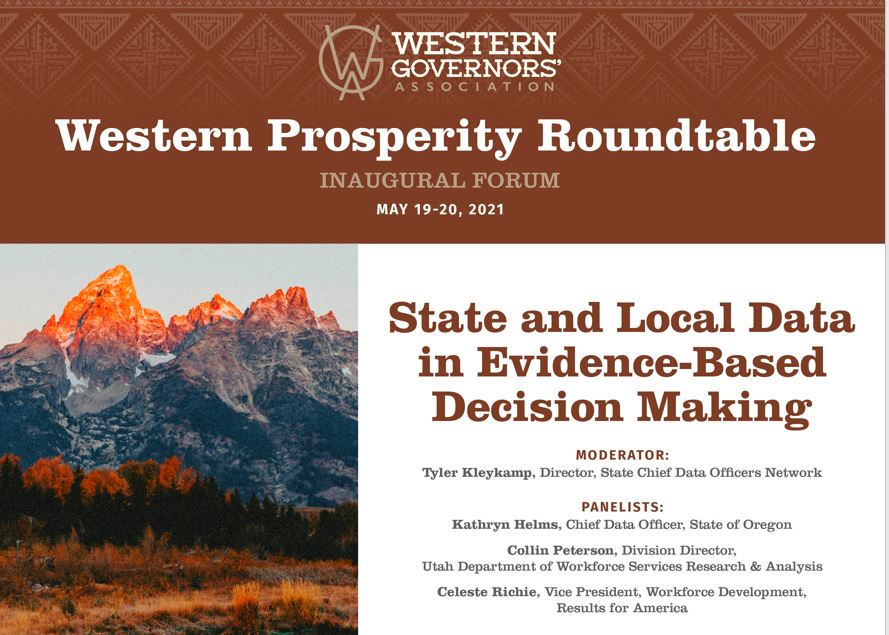
Tyler Kleykamp, State Chief Data Officers Network: “For the first time, we’re seeing Governors getting up every day and using charts and dashboards and making decisions in real time.”
Kathryn Helms, Chief Data Officer for the State of Oregon: “Now we’re thinking of building back better for those of us who might have been left behind by the pandemic, and how we can serve them using data.”
Collin Peterson, Utah Department of Workforce Services Research & Analysis: “We share data with the federal government, and it would be especially helpful to have a relationship where they share their data back at some level, even if it’s data from other states.”
Celeste Richie, Results for America: “We need to scale the state government workforce so that there are more people that understand how to embed and understand data.”
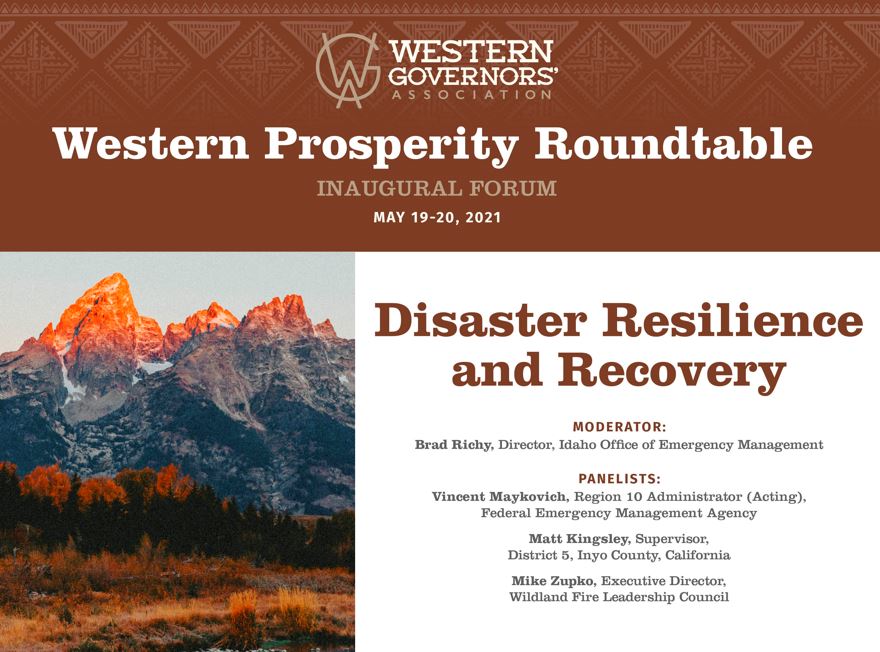
Brad Richy, Idaho Office of Emergency Management: "What we don’t really talk about a lot and I think it’s the least understood part of the whole process is recovery. Everyone sees the response, but where are they a year later when we’re still working to build that community back?"
Mike Zupko, Wildland Fire Leadership Council: "Wildfires are a unique disaster where people expect firefighters to show up and save their house. That’s a lot different than a hurricane where you know you are not going to stop it. I think the public is starting to realize they’ve got to do more."
Matt Kingsley, Supervisor of District 5 in Inyo County, California: "I have a lot of little rural communities that are disadvantaged and the idea of (them) setting up a Fire Safe Council to mitigate and be prepared for emergencies doesn’t happen. We have to make it easy for any community that's interested."
Vincent Maykovich, Federal Emergency Management Agency: "You have to challenge all assumptions that you have going into disaster response. A year and a half ago, if you asked me whether we could respond to large scale disasters remotely, the answer would have been no. But yet we’ve done it."
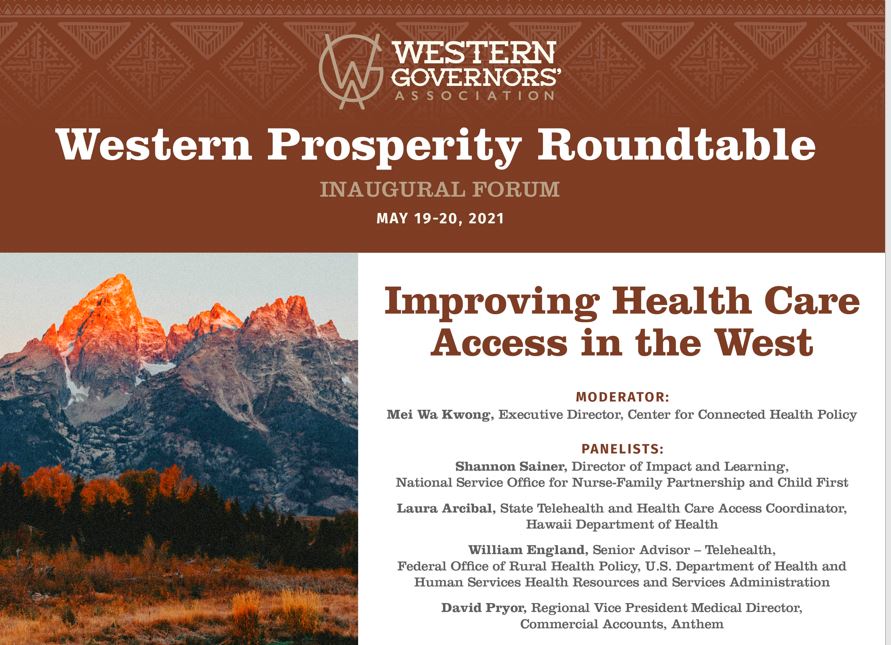
Mei Wa Kwong, Center for Connected Health Policy: "COVID-19 has changed the landscape for us in so many ways, but one of the biggest sort of silver linings that came out of this was the attention that was paid to telehealth and how telehealth was utilized to help address the needs during this pandemic."
Laura Arcibal, Hawaii Department of Health: "To maintain this momentum, especially as we face increasing doctor shortages, our nation needs to seriously consider adopting the policies that enabled telehealth during the pandemic."
William England, Health Resources and Service Administration: "When we’re formulating policy, we really want to focus on what works best, and it’s a mad scramble to figure out what works, what didn’t work and what works best."
David Pryor MD, Anthem Inc.: "The pandemic has put into focus the need for more affordable and convenient healthcare information. At Anthem we are trying to meet our members where they are and give them the opportunity to have care that is more proactive and personalized."
Shannon Sainer, Nurse-Family Partnership and Child First: "In a lot of the rural states ... telehealth has been a way for them to continue to connect with their clients when it would have taken a lot longer for a nurse to travel to the community. It’s a cost savings, it’s an efficiency, and it’s another way to maintain connection."
Get the latest news about the West and its governors by following the Western Governors' Association on Twitter, Facebook and LinkedIn.
Check out our podcast, Out West, on Podbean, Spotify and Apple Podcasts.